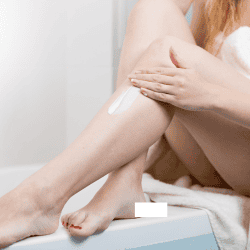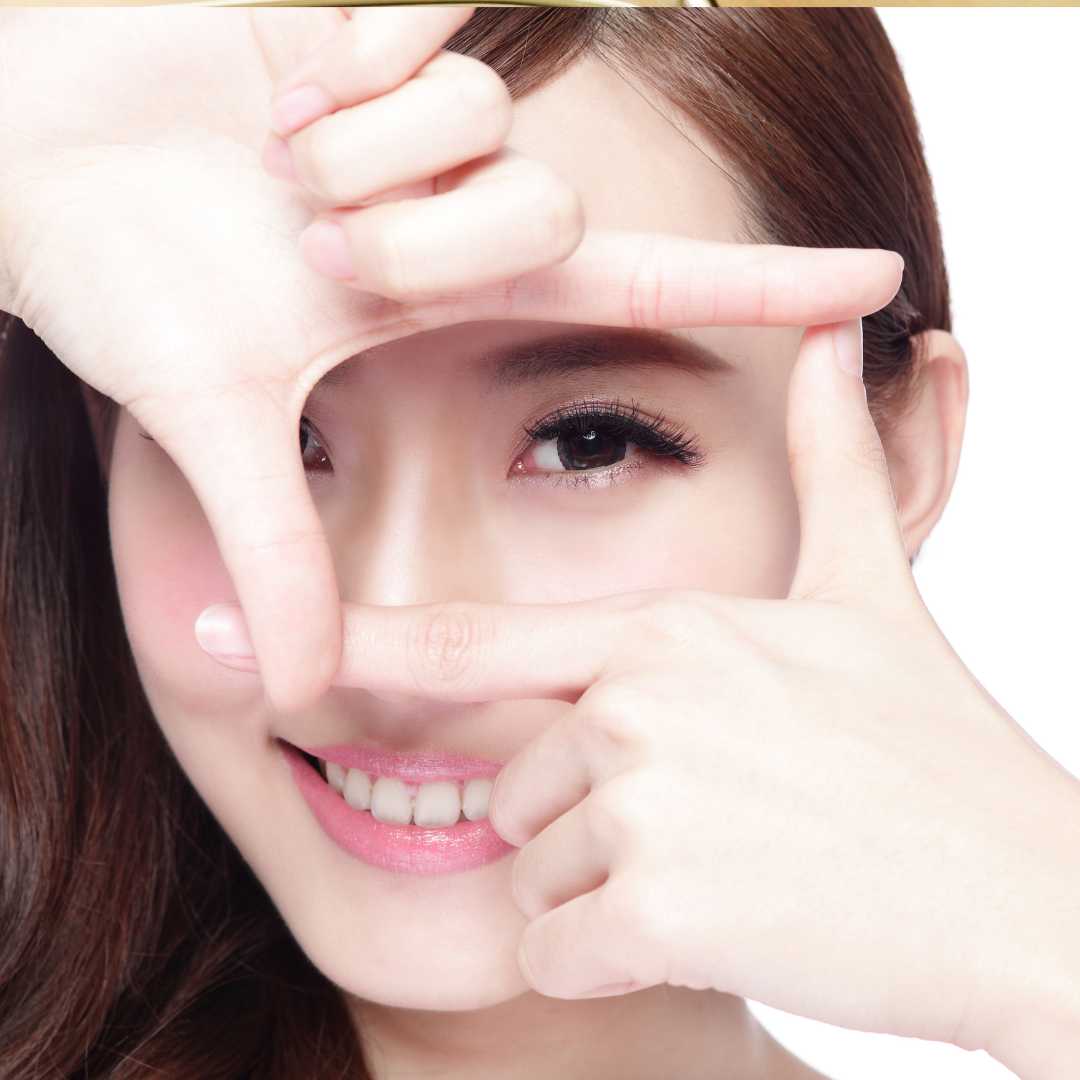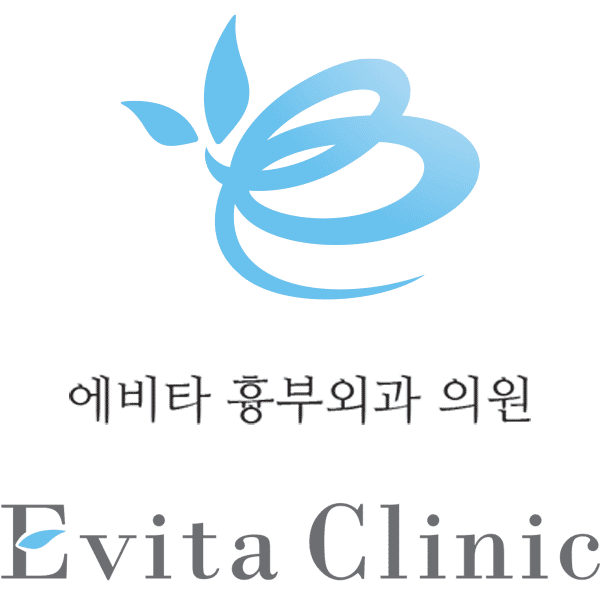Are you frustrated by stubborn pockets of fat that refuse to disappear, no matter how dedicated you are to diet and exercise?
If you're dreaming of a more sculpted physique, Liposuction in South Korea offers a world-class solution. Renowned for its highly skilled surgeons, cutting-edge technology, and competitive pricing, South Korea is a global leader in cosmetic surgery.
The average cost of liposuction in South Korea ranges from $2,000 to $8,000 USD, making it a highly affordable option for international patients. This guide provides a complete overview of the procedure, costs, top clinics and surgeons, and what to expect from your body contouring journey in Seoul.
1. Cost of Liposuction in South Korea
One of the most attractive aspects of Korean liposuction is its affordability. Patients can often save 30-70% compared to prices in the US, UK, or Australia without sacrificing quality. The final price depends on the areas treated, the volume of fat removed, and the specific technique used.
| Treatment Area | Estimated Cost Range (USD - 2025) |
| Abdomen | $4,000 - $10,000+ |
| Thighs (Inner & Outer) | $4,000 - $8,000+ |
| Arms | $3,000 - $5,000+ |
| Chin / Neck | $2,000 - $4,000+ |
| Full Body (Multiple Areas) | $7,000 - $15,000+ (Varies widely) |
Disclaimer: Prices are estimates. Always get a personalized quote.
Get Your Personalized Quote
Find out the exact cost for your body contouring procedure from a top clinic in Seoul.
Request a Free Quote2. Why is South Korea a Global Leader for Liposuction?
-
Unmatched Surgeon Skill: Korean plastic surgeons are known for their rigorous training, meticulous attention to detail, and artistic approach to creating natural, harmonious body contours.
-
Advanced Technology: Clinics in Seoul are equipped with the latest liposuction technologies, including VASER (Ultrasound-Assisted) and Laser-Assisted Lipo, for enhanced precision and potentially faster recovery.
-
High-Quality, Accredited Facilities: Many clinics catering to international patients adhere to the highest standards of safety, hygiene, and patient care.
-
Excellent Value: The combination of world-class expertise and competitive pricing makes South Korea an unbeatable destination for value.
3. Top Liposuction Clinics in South Korea
Seoul, particularly the Gangnam district, is home to hundreds of excellent clinics. Here are some of the top-rated facilities known for their body contouring expertise:
- AB Plastic Surgery: A leading clinic specializing in body contouring, facelifts, and breast surgery.
- BBAE Clinic: Highly regarded for anti-aging procedures, liposuction, and breast surgeries.
- Evita Clinic: Offers a wide range of aesthetic treatments with a focus on patient satisfaction.
- VG Plastic Surgery: Known for facial contouring, breast augmentation, and anti-aging treatments.
4. Liposuction Techniques Offered in Korea
Korean surgeons are skilled in various advanced techniques, allowing them to tailor the procedure to your needs:
-
VASER Liposuction: Uses ultrasonic energy to liquefy fat before removal, which is effective for dense areas and may enhance skin tightening.
-
Laser-Assisted Liposuction (LAL): Uses laser energy to melt fat, which can also offer skin-tightening benefits.
-
Power-Assisted Liposuction (PAL): Uses a vibrating cannula to break up fat more efficiently, ideal for larger areas.
-
360 Lipo: Refers to treating the entire circumference of the torso (abdomen, flanks, back) in one session for comprehensive shaping.
6. Recovery and Aftercare
Proper recovery is key to achieving the best results.
-
Stay: Expect to stay in South Korea for at least 7-14 days for initial healing and follow-up appointments.
-
Daily Activities: Full recovery takes 1-2 weeks for most daily activities.
-
Final Results: Final results are visible in 3-6 months as swelling completely subsides.
-
Essentials: Wearing your compression garment as instructed is essential.
7. Frequently Asked Questions (FAQs)
| Question | Answer |
| Are the results of liposuction permanent? | Yes, the fat cells removed during liposuction are gone permanently. However, it's crucial to maintain a stable weight and healthy lifestyle, as the remaining fat cells can still enlarge if you gain weight. |
| How painful is recovery? | Most patients describe the discomfort as similar to intense muscle soreness. It is typically well-managed with prescribed pain medication and decreases significantly after the first week. |
| Will my skin sag after liposuction? | This depends on your skin's natural elasticity. Your surgeon will assess your skin quality during the consultation. Techniques like VASER or laser lipo may offer some skin-tightening benefits. |
Ready to Sculpt Your Confidence in South Korea?
Choosing to have liposuction in South Korea gives you access to some of the world's leading body contouring experts at an affordable price. With their advanced techniques and artistic approach, Korean surgeons can help you achieve the refined, natural-looking silhouette you desire.
Contact PlacidWay today to get a FREE quote and connect with a top-rated, vetted plastic surgeon in South Korea!




.png)


.png)



.png)


.png)


Share this listing